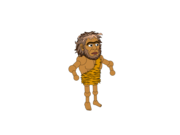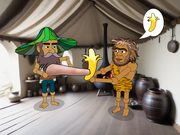後繼有人
Characters and words in 後繼有人
back / behind / rear / afterwards / after / later / post-
to continue / to follow after / to go on with / to succeed / to inherit / then / afterwards
继
=
乚
+
米
+
纟
:
Joan of Arc (ji) has to watch how a sack of rice (米) falls on the silk worm (纟) in the space station's bathroom (Ø4) and squeezes the silk worm to death. Joan of Arc, while burying the silk worm with a shovel (乚) under a heap of rice, swears to continue (继) the silk worm's work. She will take over the silk worm's jacket and earthenware bowl (继) and continue (继) its work to build the ultimate cocoon.
to have; there is / (bound form) having; with; -ful; -ed; -al (as in 有意[you3 yi4] intentional)
person; people / CL:個|个[ge4],位[wei4]
Words with 後繼有人
後繼有人
is not used as a component in another word.
Sentences with 後繼有人
後繼有人 currently does not appear in any sentence.


